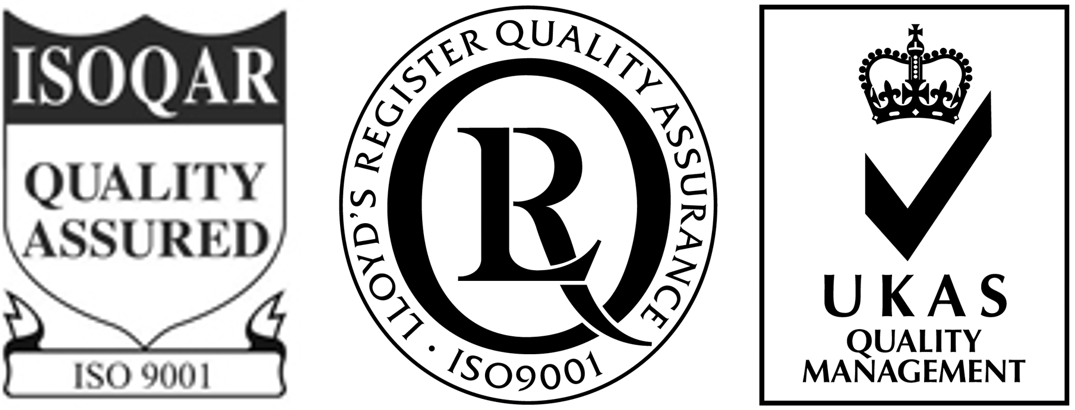pQQ9 and pJH18 plasmid BioVector NTCC质粒载体菌株细胞基因保藏中心
- 价 格:¥98965
- 货 号:pQQ9 and pJH18
- 产 地:北京
- BioVector NTCC典型培养物保藏中心
- 联系人:Dr.Xu, Biovector NTCC Inc.
电话:400-800-2947 工作QQ:1843439339 (微信同号)
邮件:Biovector@163.com
手机:18901268599
地址:北京
- 已注册
Plasmid Name名称:BioVector® pQQ9 and pJH18
Description描述:Plasmids, pQQ9 and pJH18, contain the genomic fragment of HTA1-HTB1 (BamHI-SacII, 2.6 kb) and HHF2-HHT2 (SpeI-SpeI, 1.8 kb), respectively, in pRS316 (Sikorski and Hieter 1989). To obtain pJH33, the HHF2-HHT2 fragment was excised from pJH18 by XbaI-blunt/SacII digestion and inserted into pQQ9 cut with ClaI-blunt/SalI. pJH33 was digested with SacII/SalI to release HTA1-HTB1-HHF2-HHT2 fragment, which was then subcloned into pRS315-SacI to obtain pQQ18. Mutations in plasmids pSA17 (htb1-S10A), pSA18 (htb1-S33A), pSA65 (htb1-S10E), pSA67 (htb1-S33E), and yeast histone N-terminal deletion, pJH53 (hta1 Δ1–20), pJH49 (htb1 Δ1–32), pJH57 (hht2 Δ1–30), and pJH45 (hhf2 Δ1–27), were created by PCR and subcloned into pQQ18. pSA51 and pSA52, carrying the STE20 promoter, were created by replacing GAL1 promoter in pFA6a-His3MX6-pGAL1-GFP and pFA6a-His3MX6-pGAL1-GST (Longtine et al. 1998), respectively, with the STE20 promoter amplified by PCR using yeast genomic DNA from wt yeast cells as template.Yeast strains are listed in Supplemental Table S1 on the Cell website, and all strains are derived from S288C (BY4741; Research Genetics) background. To construct JHY205, the heterologous drug-resistant markers, KAN, NAT, and HPH, that confer resistance to antibiotics, kanamycin (Wach et al. 1994), nourseothricin, and hygromycin (Goldstein and McCusker 1999), respectively, were used for targeted gene replacement. Briefly, HHT1-HHF1 and HTA2-HTB2 were deleted in a wt haploid (MATα) strain with KAN and NAT markers, respectively. Since deletion of HTA1-HTB1 is lethal in S288C cells (J.-Y.H. and M.M.S., unpublished data), one copy of the HHT2-HHF2 and HTA1-HTB1 loci was first deleted in diploid cells by the NAT and HPH markers, respectively. These cells were then transformed with pJH33 and sporulated to generate haploids (MATa) that are resistant to nourseothricin (NAT) and hygromycin (HPH). These haploid cells were mated with those (MATα) that are deleted in HHT1-HHF1 and HTA2-HTB2; and the resulting diploids were then sporulated to obtain haploids that are resistant to nourseothricin, kanamycin, and hygromycin. Genomic disruption of the histone genes was further confirmed by colony PCR. Production of the deleted histones was examined by histone purification and SDS-PAGE analyses. JHY311 was created by first transforming pQQ18 into JHY205 then selecting for the individual colonies growing on 5-FOA. Each histone gene was PCR amplified and sequenced. pSA17 or pSA18 was transformed into JHY205 to replace pJH33 and generated SAY2 (htb1-S10A) or SAY3 (htb1-S33A), respectively. pSA65 or pSA67 was transformed into JHY205 to replace pJH33 and generated SAY168 (htb1-S10E) or SAY170 (htb1-S33E), respectively. The yeast histone N-terminal deletions mutants (JHY293 [hta1Δ1–20], JHY297 [htb1Δ1–32], JHY307 [hht2Δ1–30], JHY315 [hhf2Δ1–27]) were created by transforming pJH53 (hta1Δ1–20), pJH49 (htb1Δ1–32), pJH57 (hht2Δ1–30), pJH45 (hhf2Δ1–27) into JHY205 to replace pJH33.Yeast strains carrying gene deletions (STE20, STE12, STE7, KSS1, STE11, PBS2, SSK22, SSK2, CLA4, HOG1, and YCA1) were constructed by PCR amplication of a PTEF promoter-driven bacterial histidine-resistance gene as described by Longtine et al. 1998. PCR products were then transformed into JHY311 to create strains that lacked the full ORF (ATG-Stop). Correct integration of the marker was confirmed by PCR analysis. These strains include SAY152 (yca1Δ::HIS3MX6), SAY153 (ste11Δ::HIS3MX6), SAY154 (ste7Δ::HIS3MX6), SAY155 (kss1Δ::HIS3MX6), SAY156 (ssk22Δ::HIS3MX6), SAY157 (cla4Δ::HIS3MX6), SAY158 (pbs2Δ::HIS3MX6), SAY159 (hog1Δ::HIS3MX6), SAY160 (ssk2Δ::HIS3MX6), and SAY148 (ste20Δ::HIS3MX6). No morphologic or growth phenotype was apparent between SAY148 and SAY111 (gift from S.J. Kron). SAY151, a double mutant carrying both H2B S10A and ste20Δ::HIS3MX6, was created by transforming SAY2 (htb1-S10A) with the same PCR product to generate SAY148. The GFP-Ste20 fusion gene under the control of STE20 promoter was generated by introducing a fragment amplified by PCR, using pSA51 as template, into JHY311 or BY4741 cells to create SAY144 and SAY145, respectively. SAY146 and SAY147, carrying the GST-Ste20 fusion gene under the control of STE20 promoter (from −405 to −1, relative to the start site, 5′ to the STE20 ORF), was generated by introducing a fragment amplified by PCR using pSA52 as template, into JHY311 or BY4741. The GFP-Ste12 (SAY 161) and GFP-Ste7 (SAY162) were generated as described for GFP-Ste20, except that GFP-Ste12 was under the control of STE12 promoter and GFP-Ste7 was under the control of STE7 promoter. The GST-Ste12 (SAY164) and GST-STE7 (SAY165) were generated as described for GST-Ste20 (SAY146). Ste20K649R (SAY150) was constructed using the marker-fusion PCR method as previously described (Kitazono et al. 2002). Briefly, HIS3MX6 cassette was integrated into 100 bp downstream of Ste20 stop codon to generate SAY149. The genomic DNA from SAY149 was used in PCR reactions to introduce K649R mutation in Ste20, and then this PCR product was then transformed into SAY144 to create SAY150 (GFP-Ste20K649R). The gene disruption and epitope tagging in each strain were confirmed by PCR.H2O2 was added to yeast cells growing exponentially on YPD medium (1% yeast extract, 2% peptone, 2% dextrose) and after a 200 min incubation at 30°C, cells were washed three times with sterilized distilled water. Yeast apoptosis was also induced by 50 mM acetic acid (Ludovico et al. 2001) and α factor (Severin and Hyman 2002). Synthetic complete medium (SC) was used for maintaining plasmids and selecting gene replacements (Rose et al. 1990). G418 (Calbiochem) was added to YPD agar at 0.2 mg/ml. Transformation of yeast cells was performed by the lithium acetate procedure
Map图谱:
Sequence序列:
Resistance抗性:
Marker筛选标记:
BioVector NTCC质粒载体菌株细胞蛋白抗体基因保藏中心
http://www.biovector.net
您正在向 biovector.net 发送关于产品 pQQ9 and pJH18 plasmid BioVector NTCC质粒载体菌株细胞基因保藏中心 的询问
- 公告/新闻



 免费订购电话: 400-800-2947
免费订购电话: 400-800-2947